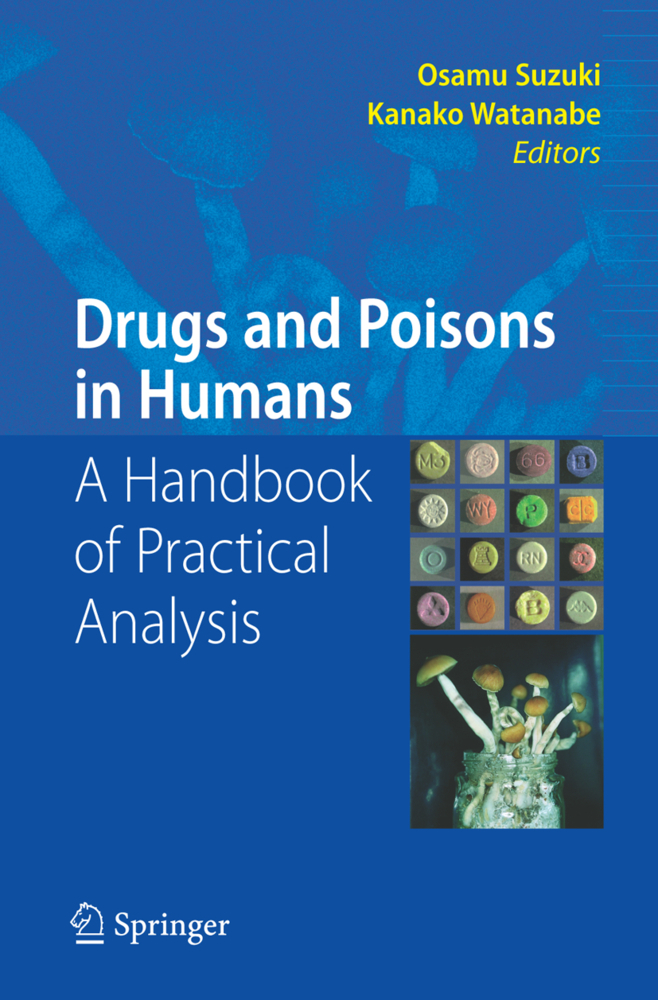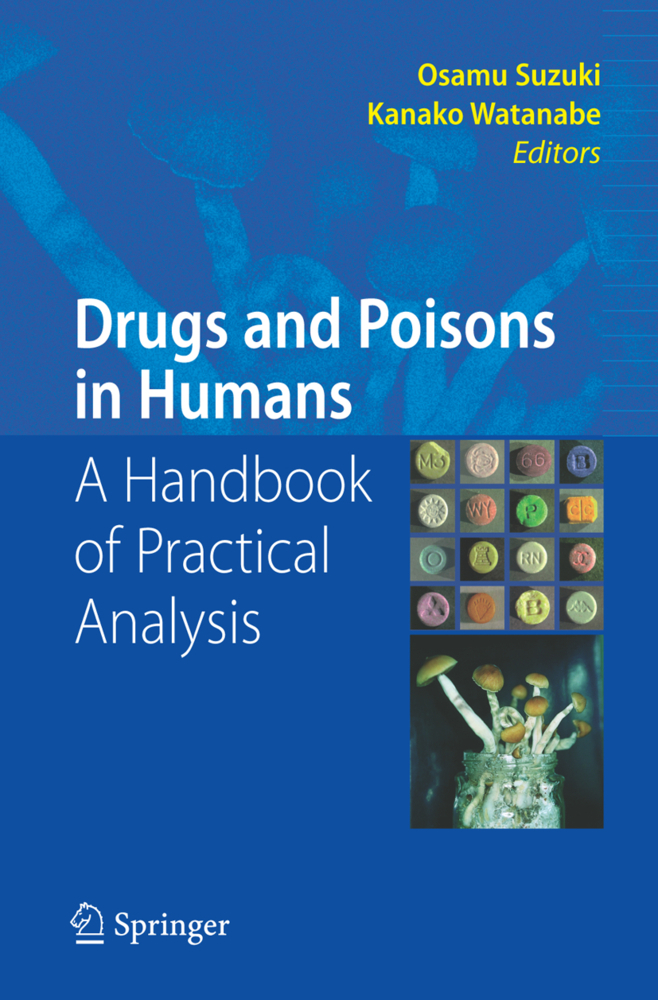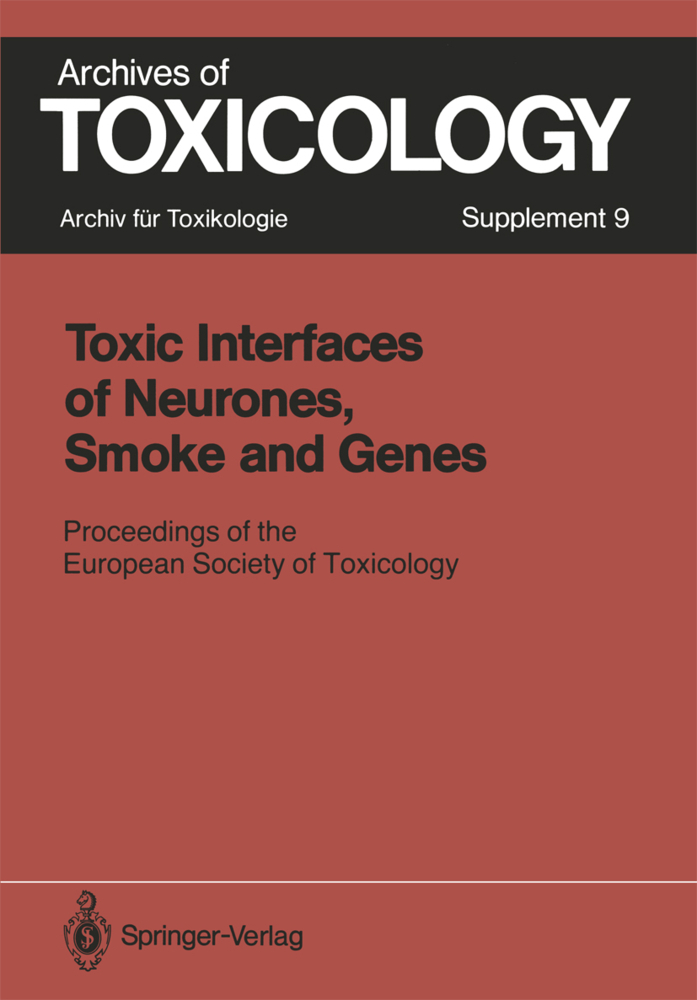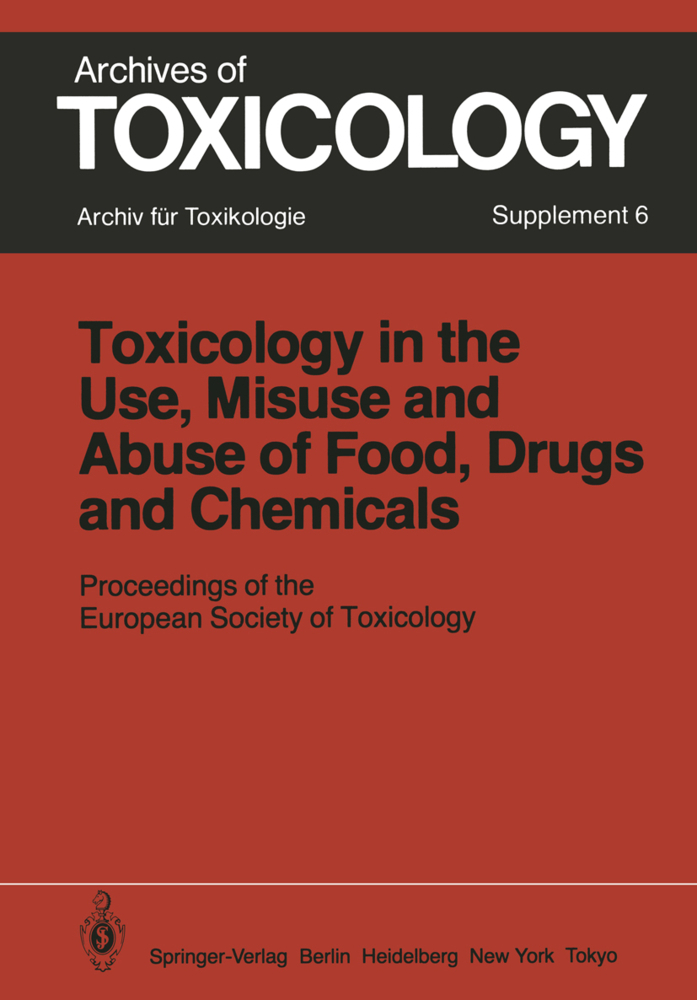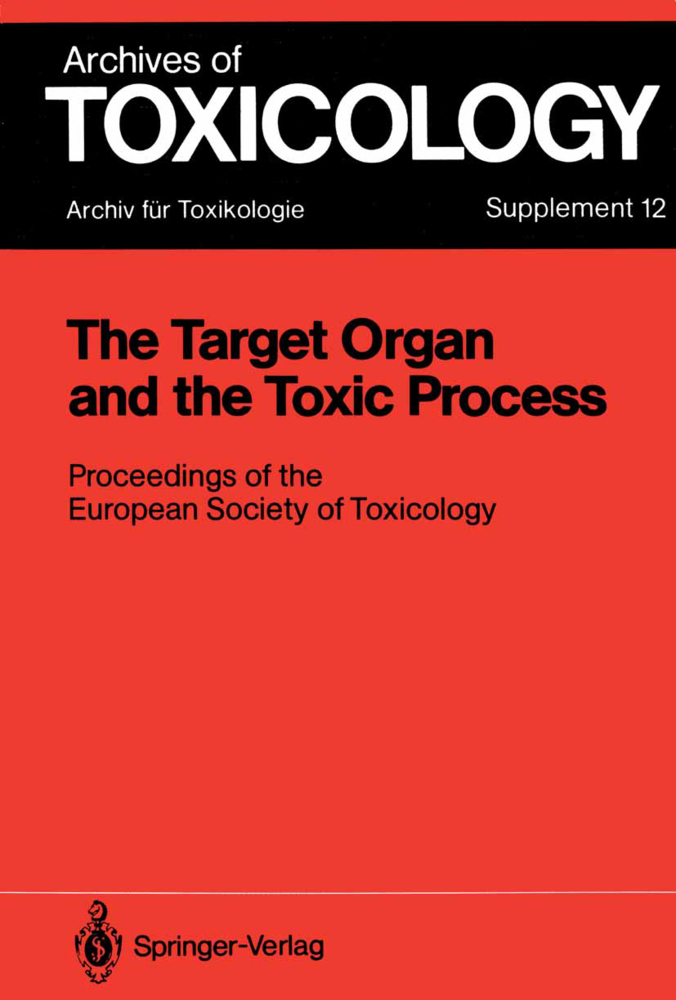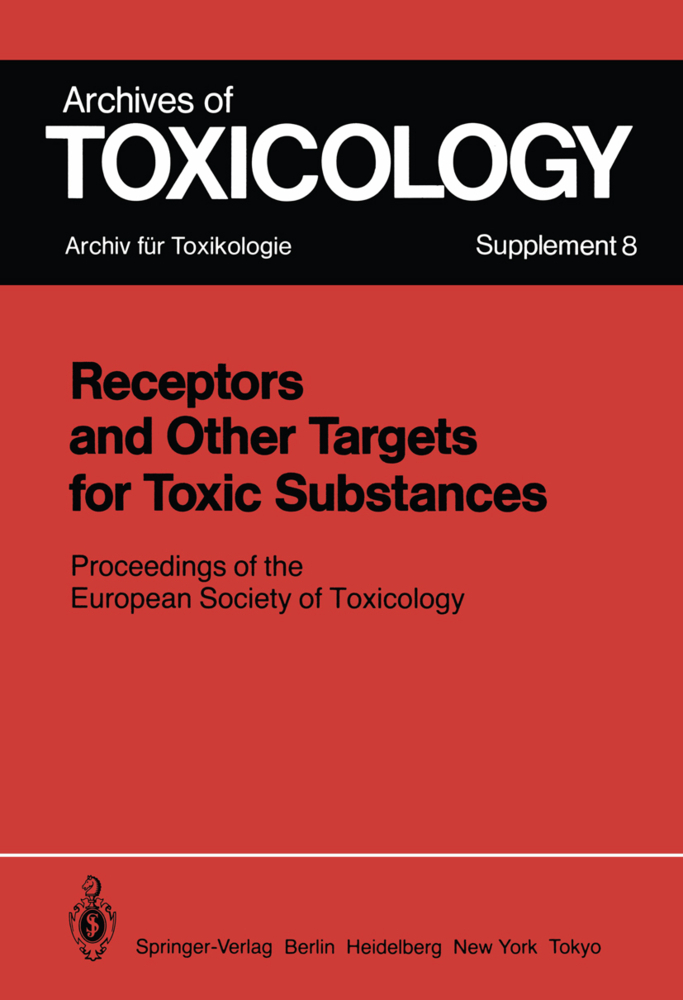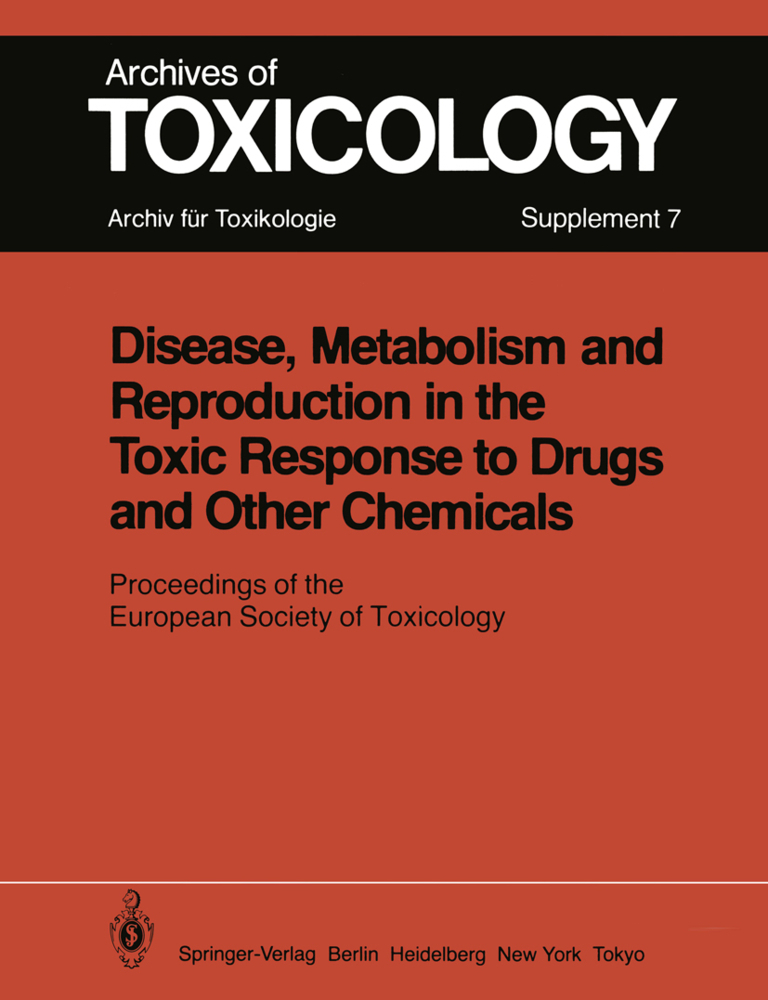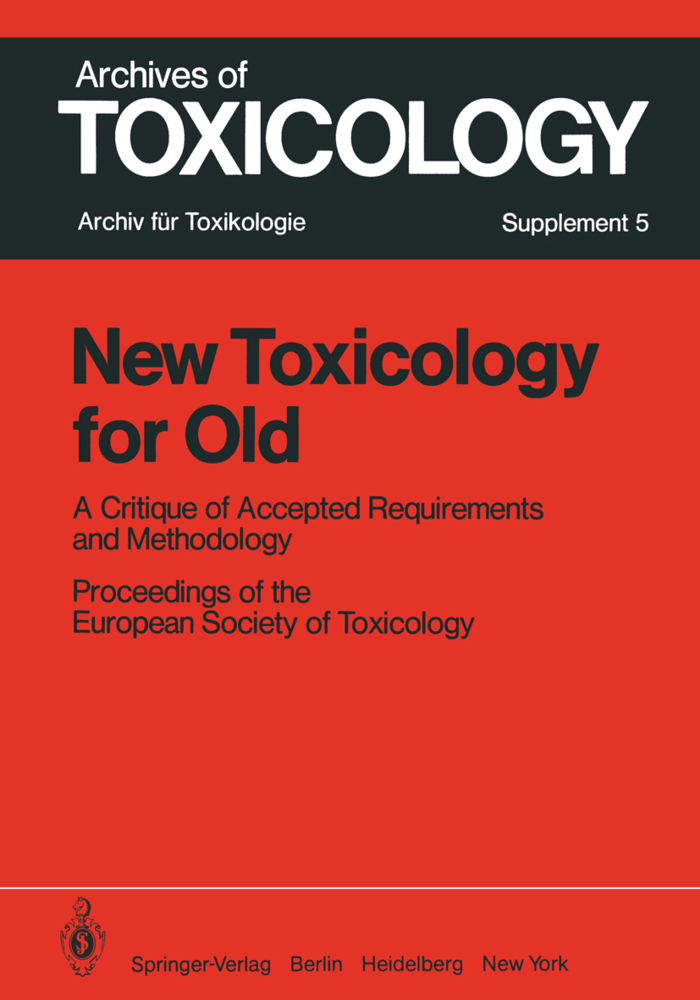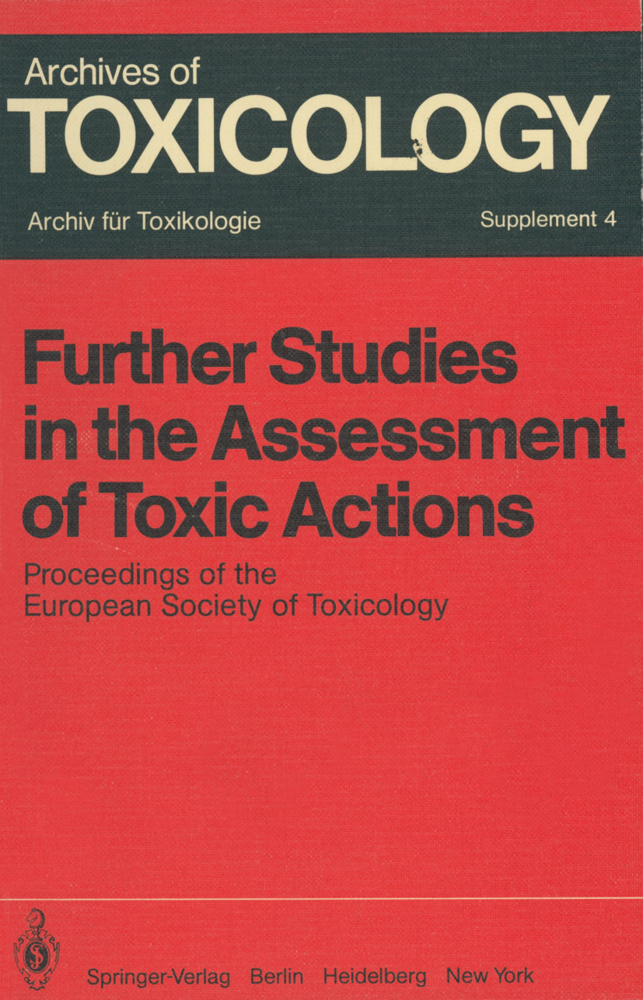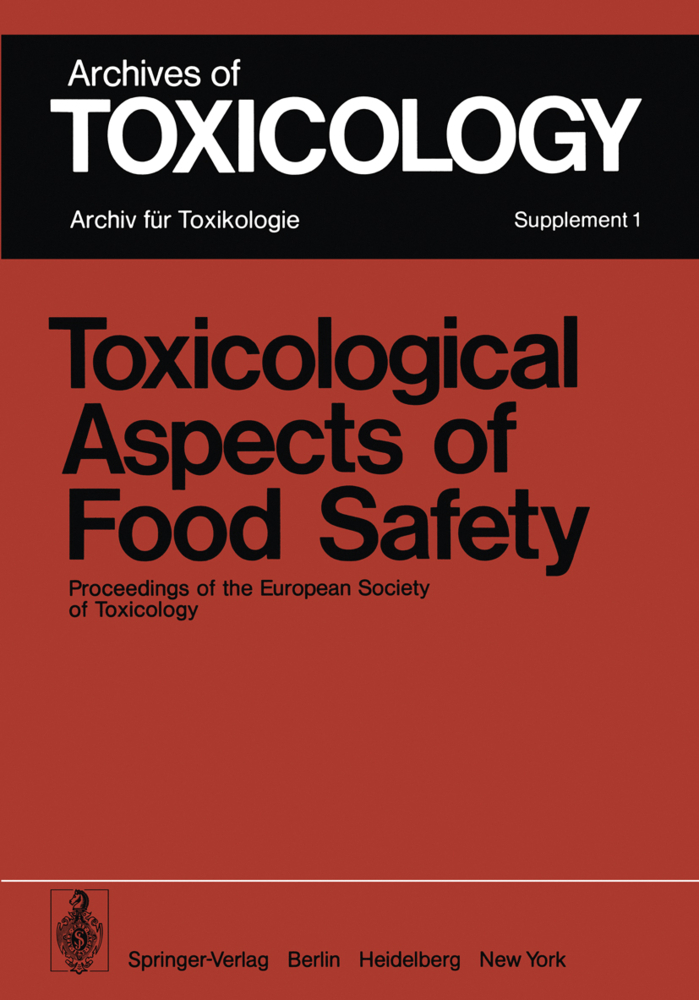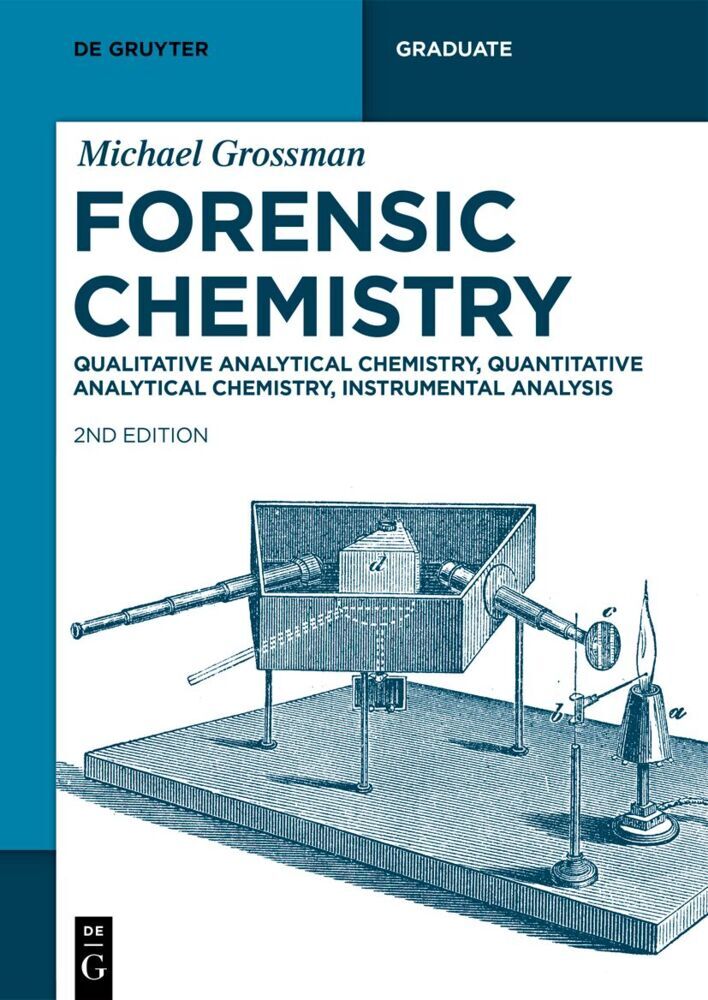Drugs and Poisons in Humans
A Handbook of Practical Analysis
It was with great pleasure that I accepted the invitation to write the foreword for Drugs and Poisons in Humans. A Handbook of Practical Analysis. Dr. Osamu Suzuki and Dr. Mikio Yashiki, two outstanding Japanese scientists, f rst published the Handbook in Japanese in 2002. Specialists throughout Japan contributed analytical methods for a wide variety of therapeutic and illicit drugs, pesticides, and natural toxins and alkaloids. In fact, rarely has such a wide spectrum of analytes and metabolites been addressed within a single reference manual. At the beginning of the book, general topics are addressed, including instructions on h- dling biological materials, measurement of drugs in alternative specimens, and guidance on resolving analytical problems that may occur. T ere are discussions of extraction modalities and detection methodologies and how to select these appropriately based on the physioche- cal characteristics of the drug. Analysis of specif c classes of drugs and relevant metabolites are covered in subsequent chapters. Clinical, analytical and forensic toxicology and clinical ch- istry laboratories will f nd the volume informative and useful. Toxicologists are of en faced with developing methods for new drugs and metabolites with little information available in the literature. T is book provides a great starting point for method development providing pro- dures that have been utilized in real life situations. In addition, toxicologists developing new methodologies may use this volume as a guide to selecting the most appropriate instrumen- tion to handle the breadth of their analytical workload.
Alternative specimens
Pitfalls and cautions in analysis of drugs and poisons
Pretreatments of human specimens
Detection methods
A computer system for diagnosis of causative drugs and poisons developed by the Japan Poison Information Center (Tokyo)
Practical use of the poison-net developed by the Japan Information Network (Hiroshima)
Problems in toxin analysis in emergency medicine
Analysis of chemical warfare agents and their related compounds
Chapters on specific toxins
Carbon monoxide
Hydrogen sulfide and its metabolite
Cyanide
Methanol and formic acid
Ethanol
Chloroform and dichloromethane
Toluene, benzene, xylene and styrene
Alkyl nitrites
Components of gasoline and kerosene
Amphetamines and their metabolites
Cannabinoids and their metabolites
Morphine and its analogues
Cocaine and its metabolites
Pentazocine
Lysergic acid diethylamide (LSD)
3,4-Methylenedioxyamphetamines
Phencyclidine
?-Hydroxybutyric acid
Phenothiazines
Butyrophenones
Tricyclic and tetracyclic antidepressants
Benzodiazepines
Bromisovalum
Barbiturates
Diphenylmethane antihistaminics
Propionic acid derivative analgesic-antipyretics
Acetaminophen (paracetamol)
Acetylsalicylic acid
Antiepileptics
Muscle relaxants
?-Blockers
Local anaesthetics
Salicylic acid
?-Lactam antibiotics
Hypochlorite
Benzalkonium chlorides
Hair dyes
Permethrin
Boric acid
Naphthalene
p-Dichlorobenzene
Ethylene glycol
Aconite toxins
Mushroom toxins
Tetrodotoxin
Methylxanthine derivatives
Nicotine and cotinine
Tropane alkaloids
Oleander toxins
Simultaneous analysis of pesticides by GC/MS
Organophosphorus pesticides
Glufosinate and glyphosate.-Carbamate pesticides
Paraquat and diquat
Cresol
Diazine and triazine herbicides
Coumarin rodenticides
Sarin and its decomposition products
VX and its decomposition products
Sodium azide
Arsenic compounds and other inorganic poisons
Nitrate and nitrite compounds
Methemoglobin.
Chapters of general nature
How to handle biological specimensAlternative specimens
Pitfalls and cautions in analysis of drugs and poisons
Pretreatments of human specimens
Detection methods
A computer system for diagnosis of causative drugs and poisons developed by the Japan Poison Information Center (Tokyo)
Practical use of the poison-net developed by the Japan Information Network (Hiroshima)
Problems in toxin analysis in emergency medicine
Analysis of chemical warfare agents and their related compounds
Chapters on specific toxins
Carbon monoxide
Hydrogen sulfide and its metabolite
Cyanide
Methanol and formic acid
Ethanol
Chloroform and dichloromethane
Toluene, benzene, xylene and styrene
Alkyl nitrites
Components of gasoline and kerosene
Amphetamines and their metabolites
Cannabinoids and their metabolites
Morphine and its analogues
Cocaine and its metabolites
Pentazocine
Lysergic acid diethylamide (LSD)
3,4-Methylenedioxyamphetamines
Phencyclidine
?-Hydroxybutyric acid
Phenothiazines
Butyrophenones
Tricyclic and tetracyclic antidepressants
Benzodiazepines
Bromisovalum
Barbiturates
Diphenylmethane antihistaminics
Propionic acid derivative analgesic-antipyretics
Acetaminophen (paracetamol)
Acetylsalicylic acid
Antiepileptics
Muscle relaxants
?-Blockers
Local anaesthetics
Salicylic acid
?-Lactam antibiotics
Hypochlorite
Benzalkonium chlorides
Hair dyes
Permethrin
Boric acid
Naphthalene
p-Dichlorobenzene
Ethylene glycol
Aconite toxins
Mushroom toxins
Tetrodotoxin
Methylxanthine derivatives
Nicotine and cotinine
Tropane alkaloids
Oleander toxins
Simultaneous analysis of pesticides by GC/MS
Organophosphorus pesticides
Glufosinate and glyphosate.-Carbamate pesticides
Paraquat and diquat
Cresol
Diazine and triazine herbicides
Coumarin rodenticides
Sarin and its decomposition products
VX and its decomposition products
Sodium azide
Arsenic compounds and other inorganic poisons
Nitrate and nitrite compounds
Methemoglobin.
| ISBN | 978-3-540-22277-4 |
|---|---|
| Artikelnummer | 9783540222774 |
| Medientyp | Buch |
| Copyrightjahr | 2005 |
| Verlag | Springer, Berlin |
| Umfang | XVIII, 672 Seiten |
| Abbildungen | XVIII, 672 p. 236 illus. |
| Sprache | Englisch |

